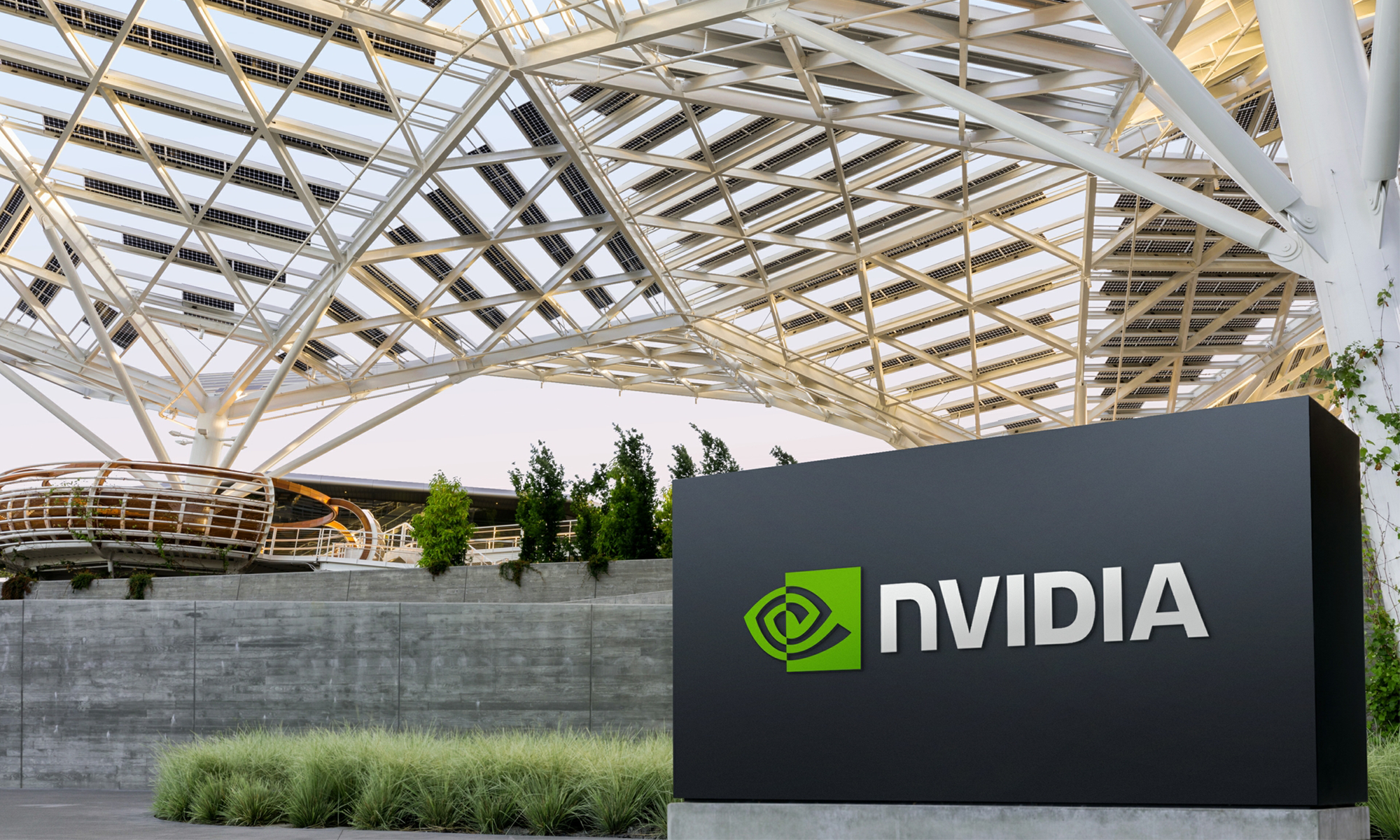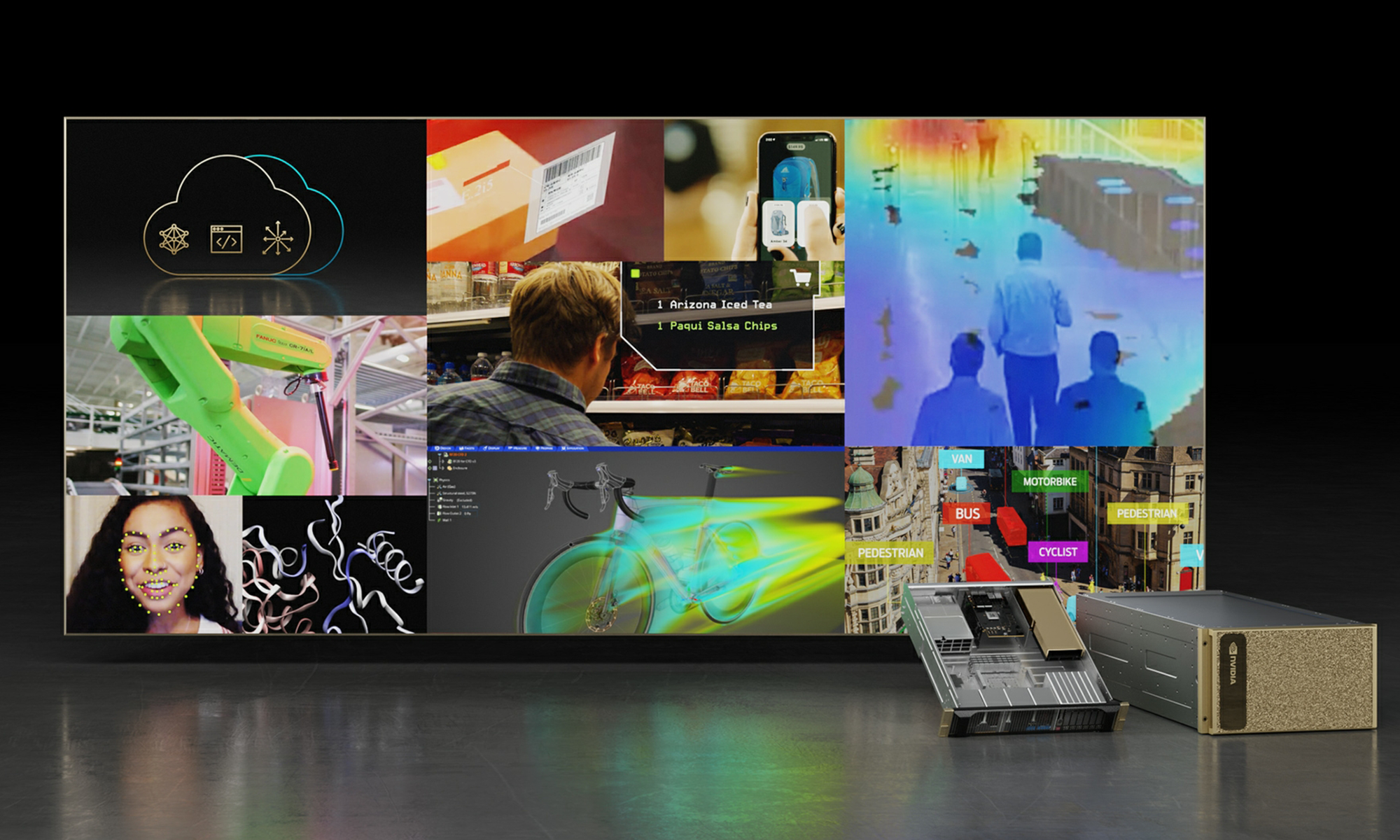The artificial intelligence (AI) revolution is now shifting from pilot projects to real-world deployments. Unsurprisingly, demand for AI infrastructure is accelerating at an unprecedented pace.

Image source: Getty Images.
Hyperscalers are responding by investing billions in building and expanding data centers. Nvidia (NVDA 0.56%) and Taiwan Semiconductor Manufacturing (TSM +0.51%) are the key beneficiaries of this opportunity. Here's why they can prove brilliant picks for long-term investors.
1. Nvidia
Nvidia has been rapidly strengthening its position in the AI infrastructure landscape. The company, along with Microsoft, xAI, and BlackRock, has formed a consortium to acquire Aligned Data Centers in a $40 billion deal. The deal highlights the massive demand for compute capacity as hyperscalers and sovereigns invest heavily in data center expansions.

NASDAQ: NVDA
Key Data Points
Nvidia's GPUs, CUDA software and developer tools, and networking solutions are already integral to the global AI infrastructure buildout. Management has estimated the spending in the AI infrastructure market to reach $3 trillion to $4 trillion by 2030. Of this, nearly $600 billion is expected to be invested in data center infrastructure and compute in 2025.
In the second quarter of fiscal 2026 (ended July 27, 2025), the company's revenues increased by 56% year over year to $46.7 billion, while non-GAAP (adjusted) gross margins reached an impressive 72.7%. The data center business continues to be the primary growth engine, driven by solid demand for Blackwell architecture chips. According to Wedbush channel checks across Asia, the demand-to-supply ratio for Blackwell chips was at nearly 10 to 1.
The transition from the Blackwell architecture-based GB200 system to the next-generation GB300 system has proved seamless for several hyperscalers, since both systems share architecture, run on the same software, and have similar physical size. Nvidia has already entered full production of GB300 systems, with factories assembling roughly 1,000 racks (fully integrated AI systems comprising of GPUs, interconnects, and switches) per week.
Management claimed that CoreWeave witnessed GB300 systems delivering 10 times more inference performance on reasoning models compared to previous Hopper generation H100 chips. The GB300 NVL72 system (rack-scale system connecting 72 Blackwell Ultra GPUs with NVLink 72 ultra-high-bandwidth interconnects) is also 10 times more energy-efficient based on tokens per watt as compared to Hopper chips. This is proving to be a key differentiator for Nvidia, especially as demand for power at data centers has been surging at an unprecedented pace.
Nvidia's annual product cadence (releasing new architectures annually) has also helped create a sticky customer base. Since clients can seamlessly upgrade to the next cutting-edge GPU technology without much business disruption, they may avoid switching to the competition. Nvidia is now gearing up to commence volume production of the next-generation Rubin GPUs in 2026.
Networking is also proving to be a key growth engine. In the second quarter, the company's networking revenue was up 98% year over year to $7.3 billion. The company's AI-optimized Ethernet networking platform, Spectrum-X Ethernet, is also seeing rapid adoption and has surpassed $10 billion annual run rate in the second quarter.
Nvidia is currently trading at 28 times forward earnings. However, the valuation seems justified considering its dominant position in AI compute, annual product cadence, and increasing strength in AI networking.
2. Taiwan Semiconductor Manufacturing
Taiwan Semiconductor Manufacturing, also called TSMC, has emerged as a critical enabler of the ongoing AI revolution, thanks to its leadership in advanced chip manufacturing. Its chips are widely used in smartphones, cloud servers, complex AI models, and a range of other applications.

NYSE: TSM
Key Data Points
TSMC's revenue was up 40.8% year over year to $33.1 billion in the third quarter of 2025 (ended Sept. 30, 2025). The company's operating margin was an impressive 50.6%, a 3.1 percentage point jump on a year-over-year basis. Management now expects the operating margin to fall in the range of 49% to 51% in the fourth quarter, which is an impressive target, especially as overseas fabs in the U.S. and Japan are having a modest negative impact on margins.
Advanced process technologies (7-nanometer and below) contributed nearly 74% of the company's wafer revenue in the third quarter. The ramp of the 3-nanometer (N3) process technology has become a significant growth catalyst. N3 chips account for almost 23% of the wafer revenue. The company is also gearing up for volume production of newer nodes such as N2 in late 2025 and N2P (extension of the N2 family) and A16 in the second half of 2026. Since these chips combine high performance with energy efficiency, they are best suited for power-intensive data center operations.
Advanced packaging is also becoming a significant growth driver, and accounts for nearly 10% of the company's total sales. The capacity for advanced Chip on Wafer on Substrate (CoWoS, an advanced packaging technology used to stack multiple logic and memory chips to improve performance and power efficiency) remains tight. TSMC is working to bridge the supply-demand gap in advanced packaging. The company has announced plans to build two advanced packaging fabs in Arizona. The company is already working with a U.S. Outsourced Semiconductor Assembly and Test (OSAT) partner, which is also building a packaging fab in Arizona. These initiatives are aligned with TSMC's Foundry 2.0 model, which focuses on the entire chip manufacturing process, including front-end fabrication, advanced packaging, and back-end activities. This ensures improved system-level performance for the customers.
TSMC expects its fiscal 2025 capex to be in the range of $40 billion to $42 billion. However, with nearly $90 billion in cash on its balance sheet, the company has sufficient funds to continue investing in its growth initiatives.
TSMC trades at 25.3 times forward earnings, which seems reasonable, considering its dominant position in the semiconductor supply chain and improving profitability. Hence, the stock is a very smart way to benefit from the AI wave in the long run.





